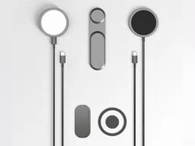
Attach a Phone. Most users will attach the EDGE® Kit to their display monitor. It's attached with a suction cup on one side of its bending arm. Watch that podcast or a movie from the side of your monitor, or put the Kit on top of the screen and use your phone as a camera for video conferencing.
Wireless Charging. The EDGE® Kit includes a wireless Qi charging coil that’s compatible with iPhone MagSafe devices (iPhone 8 and above) or any Android device that supports wireless charging. You can also kill two birds at once by putting the phone on the charger and then watching that movie or podcast!

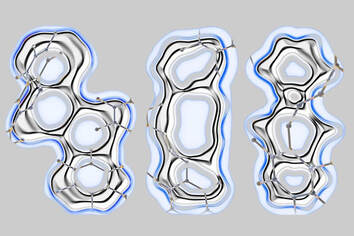

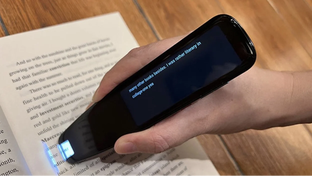
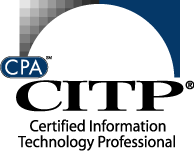

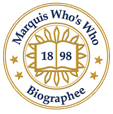
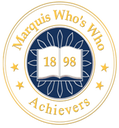

 RSS Feed
RSS Feed

